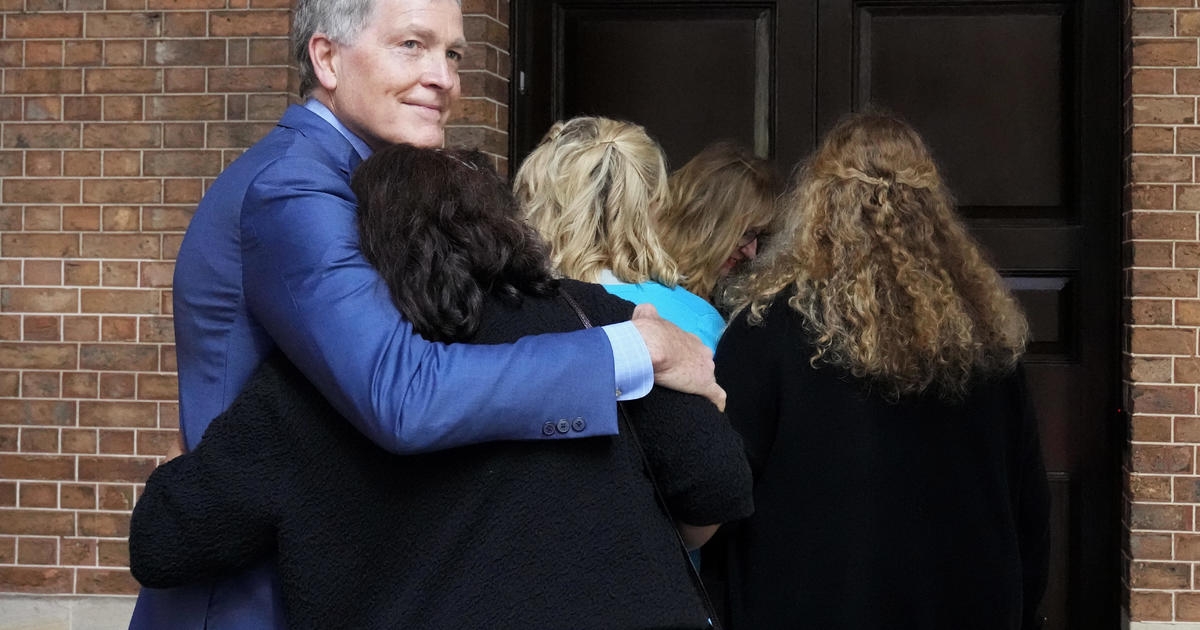[ad_1]
Australian firefighters are struggling to control a massive bushfire that already destroyed 40 percent of the UNESCO world heritage-listed Fraser Island before a heatwave hit Monday. The fire on the world’s largest sand island, off Australia’s east coast, has been raging for more than six weeks and is consuming large swaths of the island’s unique forests.
Temperatures are forecast to peak at 34 degrees Celsius (93 degrees Fahrenheit) Monday as a heatwave sweeps across the region, raising concerns that hotter conditions will further fuel the blaze.
“The vegetation on Fraser Island is extremely dry and because it’s so dry it’s therefore very easy to ignite,” incident controller James Haig told AFP.
Queensland Fire and Emergency Service
About two-thirds of Queensland state, including Fraser Island, is currently gripped by drought.
According to a recent report from the nation’s top science and meteorology agencies, climate change is fueling more extreme droughts, bushfires and cyclones in Australia — which they said will only worsen as temperatures continue to rise.
Firefighters on Fraser Island are not only battling “very challenging weather conditions”, Haig said, but are stymied by limited access to the blaze in the island’s remote north.
Queensland Parks and Wildlife Service said the fire was burning on two fronts across 74,000 hectares (183,000 acres) — or 42 percent of the island — but was not threatening properties.
However, as the fire has inched closer to settlements in recent days, authorities have banned new visitors from travelling to the popular holiday destination and restricted ferry services until further notice.
Haig said as many as 10 water-bombing aircraft had been deployed to fight the fire, including some tasked with protecting culturally significant Aboriginal sites.
Planes dropped about 250,000 liters of water on Saturday alone, but Haig said these efforts “will not stop the fire” but merely slow its progress.
“We really need rain and we’re unfortunately not likely to receive it for some time,” he said.
The Queensland Fire and Emergency Services said Tuesday that more than one million liters of water and gel had been dropped on the fire since Saturday.
The agency imposed a seven-day fire ban in the area starting late Monday, as firefighters brace for an extended stretch of difficult weather conditions.
Fraser Island — known for its large population of dingoes, or native wild dogs — was listed as a world heritage site for its rainforests, freshwater dune lakes and complex system of sand dunes that are still evolving.
It is also called K’gari, meaning paradise, in the language of the local Butchulla people and the spectacular setting attracts hundreds of thousands of tourists a year.
Haig said firefighters were trying to balance their management of the blaze — which is believed to have been sparked by an illegal campfire — with the need to avoid inflicting any further environmental damage.
Queensland Fire and Emergency Service
Smaller bushfires are burning elsewhere in Queensland as temperatures there soared after a weekend heatwave saw records tumble in Australia’s southeast, including in Sydney where the city’s residents sweltered through two days above 40 degrees Celsius.
More than 50 bushfires were burning across New South Wales state on Monday, where a return to heatwave conditions is forecast Tuesday.
Australia is still reeling from the devastating 2019-20 fires, which burned an area roughly the size of the United Kingdom and left 33 people dead as tens of thousands fled their homes.
The climate change-fueled fire season also killed or displaced nearly three billion animals and cost Australia’s economy an estimated US$7 billion.
The country is one of the world’s leading fossil fuel exporters and the conservative government has dragged its heels on tackling carbon emissions, despite recent polling showing Australians are increasingly concerned about climate change.
[ad_2]






